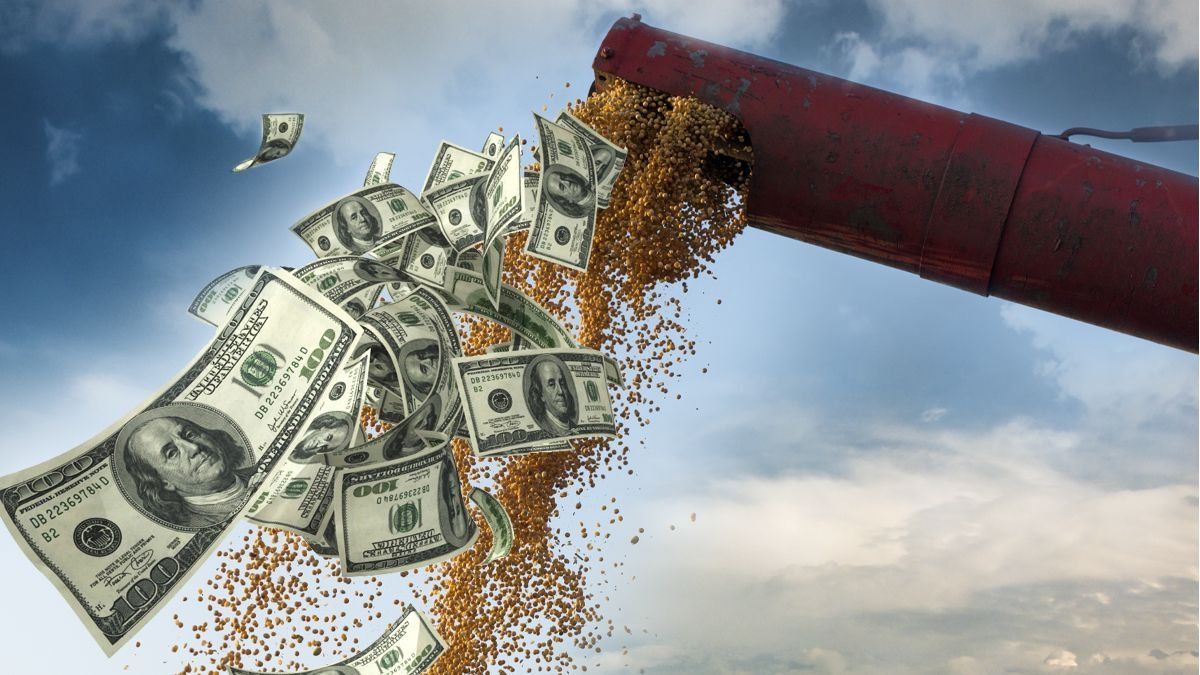The countryside is an open-air factory that knows no weekends or holidays. That advances with sowing and harvesting beyond any political and/or economic context. So while Argentina decides this Sunday who will be its president for the next four years, at the same time the planters are working at full speed to implement the long-awaited 2023/24 soybean campaign.
At this point there is something almost certain that the next president will encounter, regardless of his political affiliation or his government plan: more currency, because the drought came to an end and next year the agro-export sector would contribute some US$29 billionthat is, 53% more than what would be earned in total in 2023 which is estimated at about US$18.7 billion.
A no small fact is that, according to the projections of various analysts, the international price of the oilseed for the first half of next year would be closer to US$500 per ton than US$400. Something fundamental for the country and an economy eager for fresh dollars. But of course, not all of them are roses or soybeans. The next president will also have great challenges ahead. Regional economies are one of them.
Of the 19 regional economies analyzed monthly by the Coninagro entity, yerba mate is the only one that grows: 14 are in red due to the weather, inflation and rising costs, and another 4 show warning signs. Each and every one of these activities plays a strategic role in the provinces not only by generating employment but also by territorial roots and spillover into the domestic economy. The decline or lack of profitability of these businesses directly affects the productive and social fabric.
dollar-soybean.jpg
Depositphotos
Meanwhile, in the agricultural sector, it is not the lack of markets but the tax pressure that complicates the scenario for small and medium-sized producers, who are the majority in Argentina and that will also be one of the great challenges that the next president will have to overcome. from Argentina.
Because a forceful and generalized reduction in taxes, such as export duties, currently seems to be more of a utopia than a reality that is close to being implemented. In any case, the reality is that the future president and his team will have to know in depth the agricultural and agro-industrial sector to carry out action plans and solutions to problems that have been going on for decades.
The claims of the countryside are many, They range from the lack of infrastructure, rural roads – something essential to get production out of the fields – the promotion of value addition, a competitive exchange rate, credits and the list goes on.
On the other hand, it has also become clear, once again, that actors from the agricultural sector were not included in the compilation of lists of most of the political forces. Meanwhile, behind closed doors and in institutional discourses, the field has expressed the need to have representatives in Congress.
It is also true that the few legislators who have come to occupy a position driven by their work in agriculture, have made little progress with presentations of bill projections or parliamentary discussions. This is an outstanding debt of the sector itself and also of the next Government because a new seed law and a framework law to promote exports are just two initiatives that are sleeping waiting for a political decision.
Beyond the challenges of the next administration there will also be endless opportunities, as the field presents year after year, campaign after campaign. QBecause Argentina produces what the world needs: grains, meat, milk, fruits, wines, bioinputs, machines and know-how, among many other items. Because the countryside is the undisputed protagonist in the income of foreign currency but also as a generator of employment and opportunities for a country that needs to grow. The open-air factory continues to work at full speed, waiting for a promising future. I hope so.
Source: Ambito




